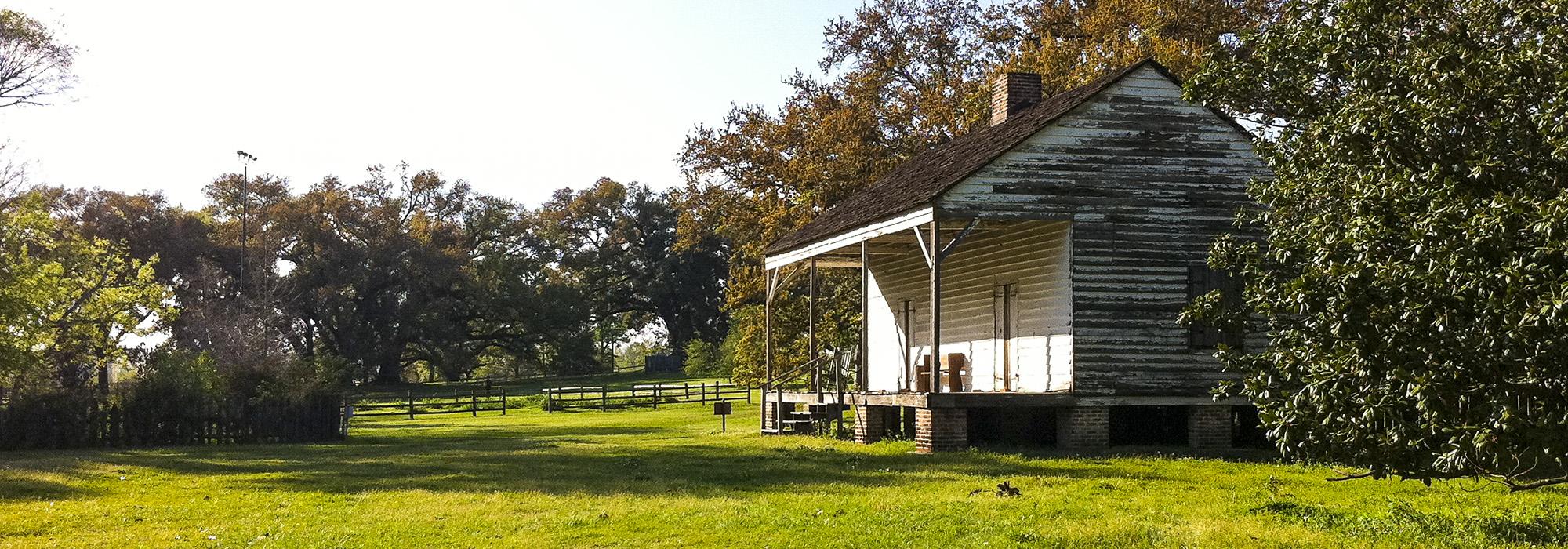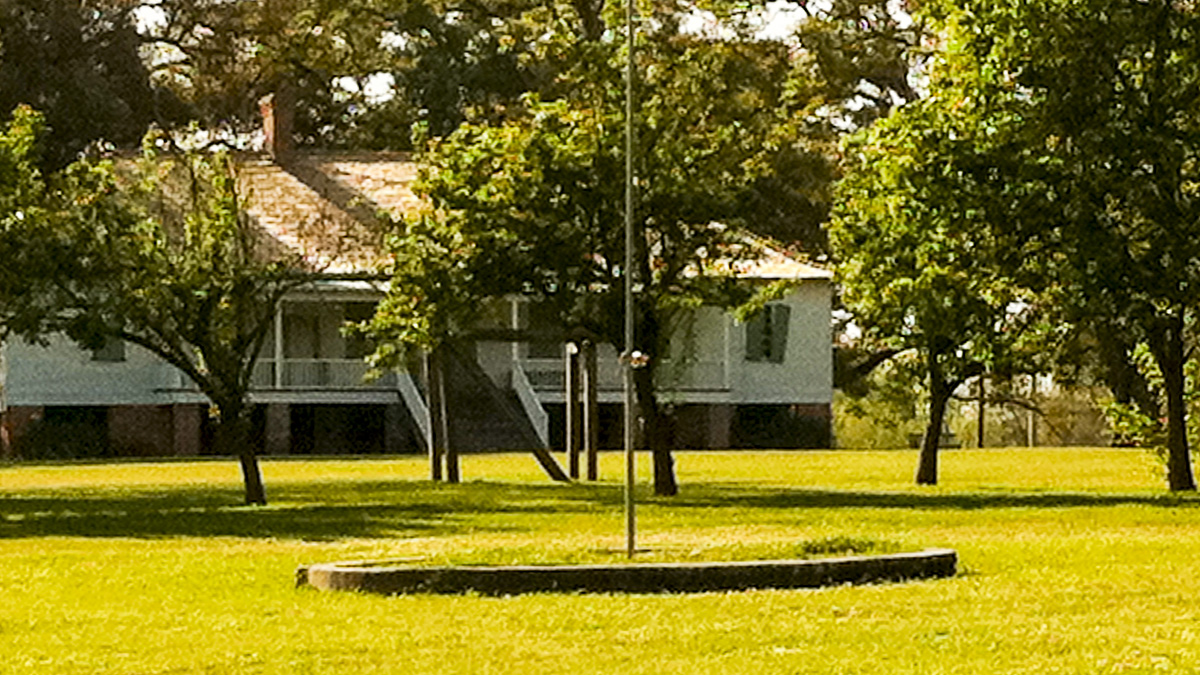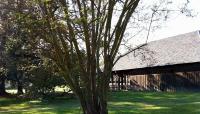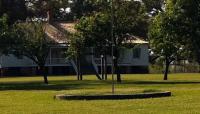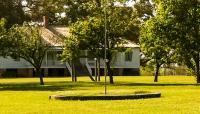Landscape Information
Sited on the east bank of the Mississippi River atop a natural ridge, Magnolia Mound contains one of Baton Rouge’s oldest structures. Built in 1791 by Irish émigré John Joyce, a resident of Mobile, Alabama, the raised, French-Creole vernacular residence faced the river, shaded by mature oaks and crepe myrtles. Agricultural fields and ancillary structures stretched behind the three-room cottage, which was expanded and fronted with a deep gallery after Joyce’s death in 1798. Joyce’s widow and her second husband, Armand Duplantier, turned the 900-acre indigo plantation into a diversified agricultural landscape of cash crops, including cotton, tobacco and sugar cane. The Duplantier family owned and operated the plantation until 1850, after which time it frequently changed hands. By the twentieth century, the plantation holdings dwindled, as development encroached and a divided parkway and industrial development separated the house from the riverfront. The last owner, Mrs. Blanche Duncan, made extensive renovations to the house in 1951. After years of decline, the City of Baton Rouge expropriated the house and 15 acres in 1966, turning the property into a public park and museum. Today's museum complex includes the main house and its open-hearth kitchen, an 1830s-era slave quarter, an overseer’s house, a pigeonnier, and a carriage house. A contemporary crop garden interprets those staple crops grown by the Duplantiers, while a kitchen garden supports herbs, fruits, and vegetables. The property was listed in the National Register of Historic Places in 1972.



